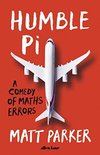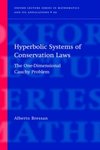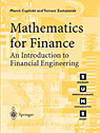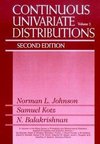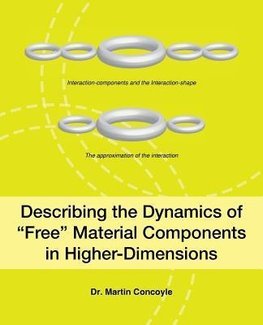
-
 Anglický jazyk
Anglický jazyk
Describing the Dynamics of Free Material Components in Higher-Dimensions
Autor: Martin Concoyle
The issue which the new ideas of these new books really raise with our culture, is not about whether they are true, since these new ideas identify a valid context for physical description, and whereas the current context for math and physics (2014) cannot... Viac o knihe
Na objednávku
42.12 €
bežná cena: 46.80 €
O knihe
The issue which the new ideas of these new books really raise with our culture, is not about whether they are true, since these new ideas identify a valid context for physical description, and whereas the current context for math and physics (2014) cannot do that, ie they cannot describe the stable properties of a general many-(but-few)-body system. Whereas the new ideas about math and physics can be used to solve the most fundamental problems about the physical world, in regard to understanding physical stability, a problem which the current descriptive context of math and physics (2014) cannot solve. That is, "what now, in 2014, passes for math and physics knowledge are delusions."*
Yet these delusions are the ideas expressed in our propaganda-education system about math and physics.
Rather
The real issue, which these new ideas present to our culture, is about our cultural relation to "what is beyond the material world." That is, it is about our cultural representation of religion, or the spirit. In particular, in relation to the "previous knowledge humans needed to possess" in order to make Gobekli-tepe, Puma Punku, Stonehenge, etc, ie simply to be able to lift and position such large stones, as well as the understanding which is needed to go beyond the context of the material world, and into the context of all the ancient mythologies in regard to the ancient religious stories, etc etc
*The current paradigm (in 2014) describes a general state of indefi nable randomness in which there is always "a chaotic transitioning process" which exists as random elementary-particle collisions, and which, supposedly, is perpetually occurring. Thus, their description of the wide range of the generally stable states of the many-(but-few)-body systems..., into which this "forever chaotically transitioning" process supposedly settles but explicit descriptions of this process do not exist. Instead their answer is that "such stable, many-(but-few)-body systems are too complicated to describe."
- Vydavateľstvo: Trafford Publishing
- Rok vydania: 2014
- Formát: Paperback
- Rozmer: 235 x 191 mm
- Jazyk: Anglický jazyk
- ISBN: 9781490723709
